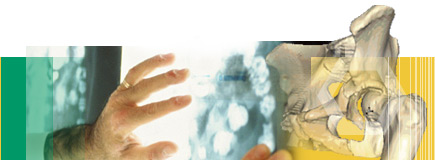 |
||
|
Digital Data Storage (as per RACS DDI Options)
While the process of archiving was well defined in public and private radiology practice in the film era, this is still an uncertain and contested area in the transition to digital imaging. The specific details of long term storage or archiving relate to local patient care needs, available infrastructure, and local statutory requirements.
Unresolved issues include: 1. The type(s) of image data to be stored, in particular whether it is necessary or feasible to store all source data, video data, and/or all post-processed images. 2. Who is responsible for storing and maintaining the data; in the past, private patients have often stored their own images on film, but many digital media are not regarded as adequate for long-term storage
3. Appropriate periods of storage in different clinical and legal scenarios. Particular clinical issues include those relating to: 1. Tumour follow-up 2. Radiotherapy planning 3. Arthroplasty follow-up 4. Progression of lung disease 5. Notifiable diseases 6. Paediatrics As archiving moves from patient (or clinician) held film to electronic media, there will need to be discussion between relevant stakeholders as to the appropriate length and extent of archiving, which will, as a minimum, need to be in line with local statutatory authority requirements. Details of storage and archiving are also addressed n the following publications and should be reviewed in conjunction with this document:
|
|||||||||||||||
 |
©
2007 - 2025 clinPACS | disclaimer
| legal notice website design by WorldWeb | credits |